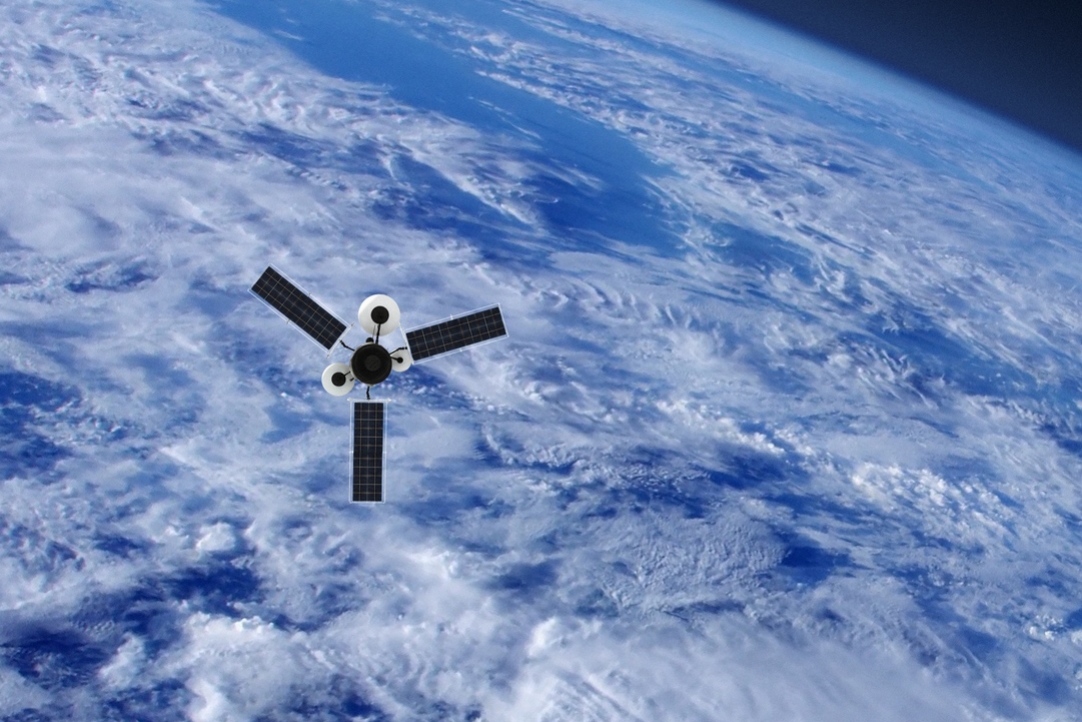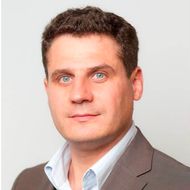HSE University Participates in Satellite Navigation Monitoring Project

A team of HSE students is taking part in the development of a Russian satellite automatic identification system (AIS) to monitor sea navigation. The aim of the project is to track the locations of vessels and adjust their routes, including in the Arctic along the Northern Sea Route.
The system is based on the Russian CubeSat 3U platform designed by the SPUTNIX company, a nano-satellite 30 х 10 х 10 cm size. The satellite carries AIS hardware and software to collect navigation data from vessels.
SPUTNIX is a Russian private business (part of the Sitronics Group). The company manufactures high-tech satellite components and platforms for small spacecraft, ground equipment for testing small spacecraft, Earth communication stations, and aerospace training equipment.
The spacecraft transmits the collected data to a station on Earth for processing. The satellite is set to launch in 2022, and once in orbit, it will be controlled by the HSE and SPUTNIX mission control centres..
This is not the first time that HSE University has worked with spacecraft. The CubeSX-HSE and CubeSX-Sirius-HSE satellites were launched in 2021 and are currently in operation. HSE University plans to open a Master's programme in Information Systems and Technologies to offer students training in space technologies from space industry practitioners and experts.

Andrey Abrameshin
‘We can apply a comprehensive approach in the field of space technologies to various academic programmes at HSE MIEM. The orders placed by our partner companies in this field allow our institute to continue advancing research and development and a project-based learning model. This gives student project teams an opportunity to participate in the development of systems and services for joint space missions with various kinds of tasks utilising the CubeSat spacecraft,’ said Professor Andrey Abrameshin, Deputy Director of MIEM HSE.

Vladislav Ivanenko
‘Projects to create low-orbit constellations of CubeSat microsatellites provide a wide range of effective solutions: they can establish space communications, facilitate near-Earth space exploration, prevent natural disasters and mitigate their consequences. Our partnership with HSE University will make it possible to develop and implement a Russian continuous satellite monitoring system, including monitoring of navigation in the Arctic. We are glad that our space technology solutions contribute to the digital transformation of education, providing early career researchers with new opportunities for discoveries,’ said SPUTNIX CEO Vladislav Ivanenko.
This mission has been implemented as part of the Space π programme with financial support from the Foundation for Assistance to Innovations as part of the Planet Guard (Dezhurny po planete) Competition.
See also:
‘An Avatar Is an Image of a Posthuman’: Mediacosm Held at HSE University
On February 16, the sixth Mediacosm conference was held. The event traditionally dedicated to discursive and non-discursive ways of presenting the cosmos through media, fashion and music was organised by the HSE Faculty of Creative Industries.
'In Outer Space, Encounters between Humans and Non-humans Could be in a Variety of Languages'
On November 5, the Museum of Cosmonautics in Moscow hosted an HSE-organised event entitled 'Cosmic Bodies: A Philosophical and Musical Party for Cyborgs'. The speakers and the audience reflected on popular-culture depictions of humans as they explore outer space.
Scientists Learn to Better Predict Space Weather
An international team of astrophysicists has been studying the formation of strong electrostatic waves, ion holes, in the Earth's magnetotail and assessing their impact on space weather. They found that ion holes propagate oblique to the local magnetic field. The study's findings can contribute to a better understanding of processes in the Earth's magnetotail which affect space weather in the near-Earth plasma environment and the polar region. The paper is published in Geophysical Research Letters.
Second HSE University Satellite Launched from Baikonur
On August 9, a Soyuz 2.1b rocket launched with a payload of HSE University’s second satellite, which will monitor the land surface of the Arctic region. HSE MIEM Deputy Director Andrey Abrameshin spoke about the university’s space plans, while Top Class competition winner Alexey Gilenko shared his impressions of the launch at Baikonur Cosmodrome.
HSE University Is Preparing to Launch its Second Satellite into Space
Only one year ago, the first HSE University satellite, developed by specialists and students from the Laboratory of Space Vehicles and Systems’ Functional Safety of the HSE Tikhonov Moscow Institute of Electronics and Mathematics (MIEM HSE) and the Sputnix space company, was launched into orbit. And now, the date of the second HSE University’s satellite launch has been announced: Roscosmos will send it into space from Baikonur Cosmodrome on August 9th, 2022.
240 Million Kilometres: HSE Satellite Spends a Year in Orbit
A year ago, on March 22, 2021, at 9:07 Moscow time, a Soyuz-2.1a rocket with a Fregat upper stage was successfully launched from Baikonur Cosmodrome Site 31. The launch vehicle carried 38 satellites, including the CubeSX-HSE satellite developed through the joint efforts of experts and students from the HSE University Laboratory of Space Vehicles and Systems’ Functional Safety of the HSE Tikhonov Moscow Institute of Electronics and Mathematics (HSE MIEM) and Sputnix, a privately-owned space company.
Researchers Explain Potential Cause of Earth’s Green Airglow
A team of Russian researchers from HSE University, the Russian Space Research Institute, and the Pushkov Institute of Terrestrial Magnetism (Russian Academy of Sciences) has described the development of modulational instability of electromagnetic waves in dusty ionospheric plasma, which is caused by a high intensity of electromagnetic emissions. The researchers considered inelastic collisions of ionospheric plasma particles and formulated new tasks and applications to be addressed at a later stage. The results are published in the Physics of Plasmas journal.
‘The Trip to Baikonur Blew My Mind!’
On Cosmonautics Day, the HSE News Service spoke with the participants of the CubSX-HSE project, which recently launched a satellite into Earth orbit. Students and staff from the HSE Moscow Institute of Electronics and Mathematics (MIEM) spoke about their project and impressions of their trip to Baikonur.
HSE University’s CubeSX-HSE Satellite Launched into Orbit
On March 22 at 9:07 Moscow time, a Soyuz-2.1a rocket with a Fregat upper stage was successfully launched. The launch vehicle carried a total of 38 satellites from 18 countries into sun-synchronous orbits, including HSE University’s CubeSX-HSE satellite, which will conduct remote sensing of the Earth.
‘Now I Will Pursue a Future Career in Space’
During the ‘Big Challenges’ session at the Sirius Educational Centre, five high school students, under the supervision of mentors from MIEM HSE, assembled a small artificial earth satellite. The participants of the research session were young finalists of a nationwide competition held by the educational centre. All five of the students are Olympiad champions and team members of large-scale projects.


